Houseplants, the silent companions in our homes, not only beautify our living spaces but also offer myriad health benefits, including improved air quality and reduced stress levels. However, to ensure these plants thrive, it’s crucial to understand and provide their specific environmental needs. That’s where the concept of a ‘microclimate’ comes into play.
In essence, a microclimate refers to a localized atmospheric zone where the climate differs from the surrounding area. Microclimates can be as small as a few square feet or as large as several square miles. In the context of indoor gardening, a microclimate is the specific environment that we create for our houseplants, considering factors like light, temperature, humidity, and air circulation.
Creating a suitable microclimate is not just about keeping your plants alive; it’s about optimizing their environment for growth and development. Studies have shown that plants growing in their ideal microclimate can have up to a 50% higher growth rate compared to those in less-than-optimal conditions.
In this comprehensive guide, we will explore how to create the perfect microclimate for your houseplants, from understanding their specific needs to choosing the right location and maintaining the optimal conditions. By providing your plants with their ideal microclimate, you can ensure they not only survive but truly thrive.
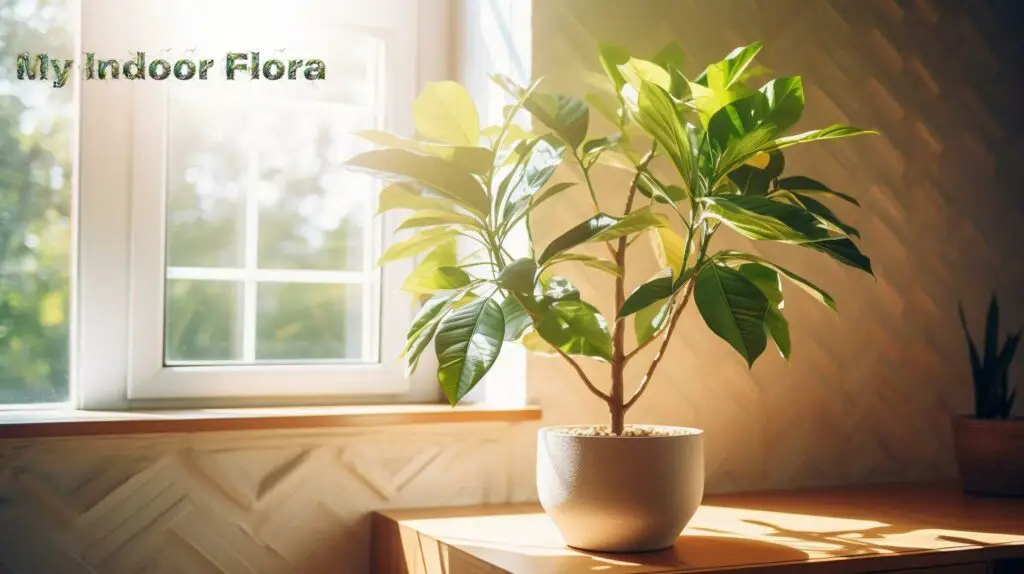
What is a Microclimate?
A ‘microclimate’ is a small, localized area with climatic conditions that differ from the surrounding areas. It’s like a small climate within a larger climate, providing unique temperature, humidity, light, and air circulation characteristics. It’s a term often used in meteorology, but it applies equally to your home and, specifically, to the environment you create for your houseplants.
Creating a suitable microclimate for your houseplants can significantly improve their health and growth. Studies have shown that plants grown in their preferred microclimatic conditions are more likely to be robust and resistant to pests and diseases.
Why Do Houseplants Need Microclimates?
Plants, like all living organisms, have their own preferred living conditions. Just as you wouldn’t thrive in an environment that’s too hot or too cold, your plants won’t either. They need the right balance of light, temperature, humidity, and air circulation to grow and flourish.
In their natural habitats, plants adapt to the specific microclimatic conditions available. When we bring them into our homes, we need to replicate those conditions as closely as possible for them to stay healthy. This process involves creating a suitable microclimate.
How to Create a Microclimate for Your Houseplants?
Creating a microclimate for your houseplants involves careful planning and monitoring. It’s a process that involves several steps, each of which we will explore in depth.
1. Choosing the Right Location for Your Houseplants
The first step in creating a microclimate is choosing the right location for your plants. Consider the following factors:
How Much Light Does the Plant Need?
Different plants have different light requirements. For instance, succulents love bright, direct sunlight, while ferns prefer shaded, indirect light.
Consider placing plants near windows that receive plenty of natural light. East-facing windows typically provide bright, indirect light, while south-facing windows often provide the brightest light.
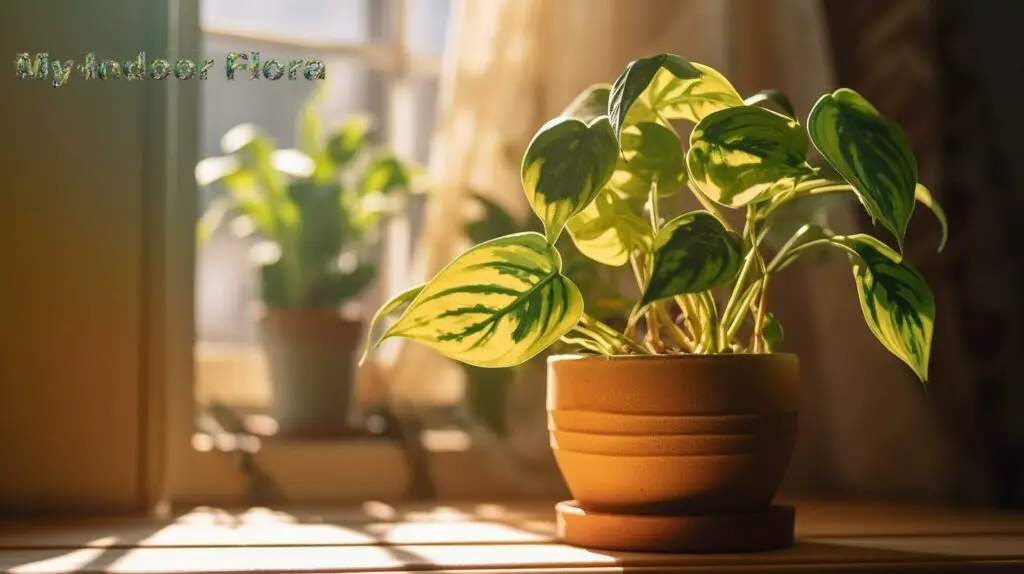
For plants requiring less light, consider placing them further away from windows, or in rooms with fewer windows.
| Plant Type | Light Requirement |
|---|---|
| Succulents | Bright, direct sunlight |
| Ferns | Shaded, indirect light |
| Orchids | Bright, indirect light |
What is the Ideal Temperature for the Plant?
Temperature plays a crucial role in plant growth. Most houseplants thrive in temperatures between 60°F and 75°F. However, some plants may prefer cooler or warmer conditions.
For example, tropical plants, like the Peace Lily or Boston Fern, enjoy warmer temperatures. Conversely, plants such as the English Ivy or Christmas Cactus prefer cooler conditions.
Remember that temperatures near windows can be colder or hotter than the rest of your home, depending on the season. Consider this when placing your plants.
How Much Humidity Does the Plant Need?
Humidity, or the amount of moisture in the air, is another essential factor in plant health. Many popular houseplants originate from tropical regions, where humidity levels are high.
To increase humidity around your plants, consider using a humidifier, placing a tray of water near your plants, or grouping your plants together. Plants transpire, releasing water vapor from their leaves, which can increase humidity.
How Much Air Circulation Does the Plant Need?
Proper air circulation can help prevent plant diseases, such as powdery mildew and root rot, which often thrive in stagnant air conditions.
Air circulation can be improved by opening windows to allow fresh air in or by using an oscillating fan on a low setting. However, avoid placing plants in areas with strong drafts or sudden temperature changes, as this can be harmful.
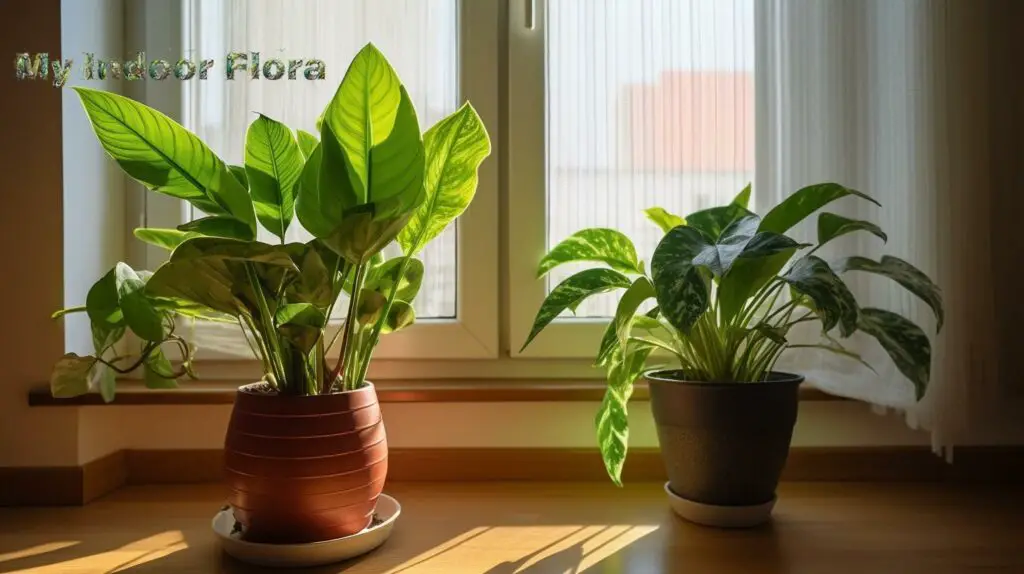
2. Providing the Right Conditions for Your Houseplants
After finding the right location, the next step is to provide the optimal conditions for your plants. This could involve adjusting light levels, regulating temperature, increasing humidity, or improving air circulation.
Adjusting Light Levels for an Optimal Microclimate
Providing the right amount of light is crucial for photosynthesis, the process by which plants convert light energy into chemical energy to fuel their growth.
If your houseplants are not getting enough natural light, consider using artificial grow lights. These can provide a full spectrum of light and can be especially beneficial during the darker winter months.
You can also use reflective materials, like aluminum foil or a mirror, to increase light exposure. Place these materials near your plants to reflect light onto their leaves.
Regulating Temperature for an Optimal Microclimate
Maintaining the right temperature is crucial for your plants’ metabolic activities. If the temperature is too high or too low, it can hinder growth or even kill the plant.
To regulate temperature, consider using a thermostat. If you find the temperature fluctuates too much in certain areas of your home, you may want to invest in a small space heater or a portable air conditioner to maintain a steady climate.
During winter months, ensure your plants are not placed near drafts or heat sources, like radiators or fireplaces, as these can cause rapid temperature changes.
Increasing Humidity for an Optimal Microclimate
If your plants require high humidity levels and your home’s air is dry, you can increase humidity using several methods.
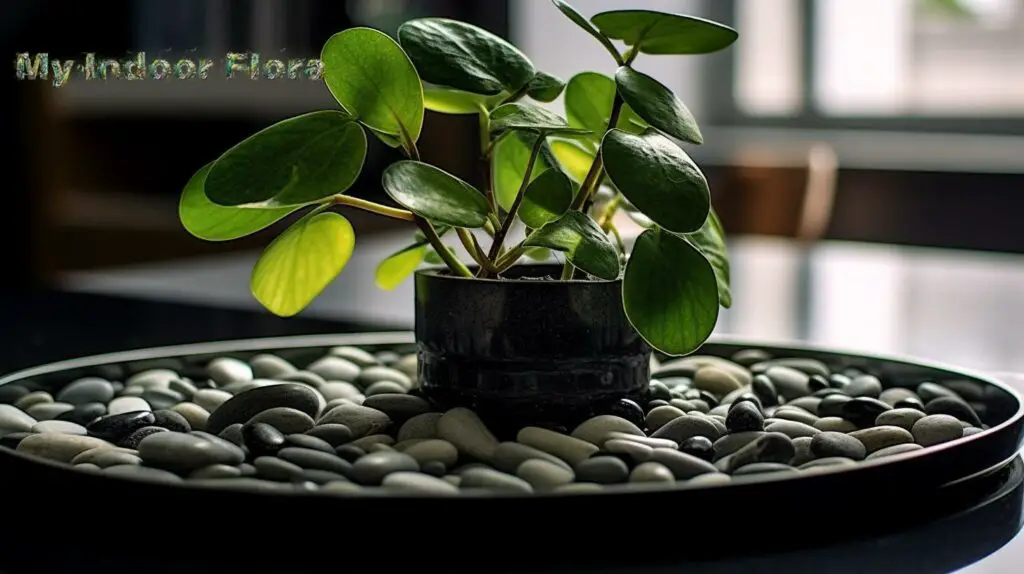
Misting your plants with water can help, but be careful, as over-misting can lead to fungal issues. A more consistent method is using a humidifier. You can also place a tray filled with pebbles and water under your plants – as the water evaporates, it increases the humidity.
A more innovative solution is creating a small indoor greenhouse. This can be as simple as covering your plants with a clear plastic bag or investing in a small glass terrarium.
Improving Air Circulation for an Optimal Microclimate
Improved air circulation can help prevent many plant diseases. It allows excess moisture to evaporate, reducing the risk of fungal diseases, and can also help to deter pests.
To improve air circulation, ensure your plants are not overcrowded. Overcrowding can block airflow and create a stagnant environment.
Using a small, oscillating fan on a low setting can also help. However, ensure the fan is not blowing directly on the plants, as this can cause wind damage.
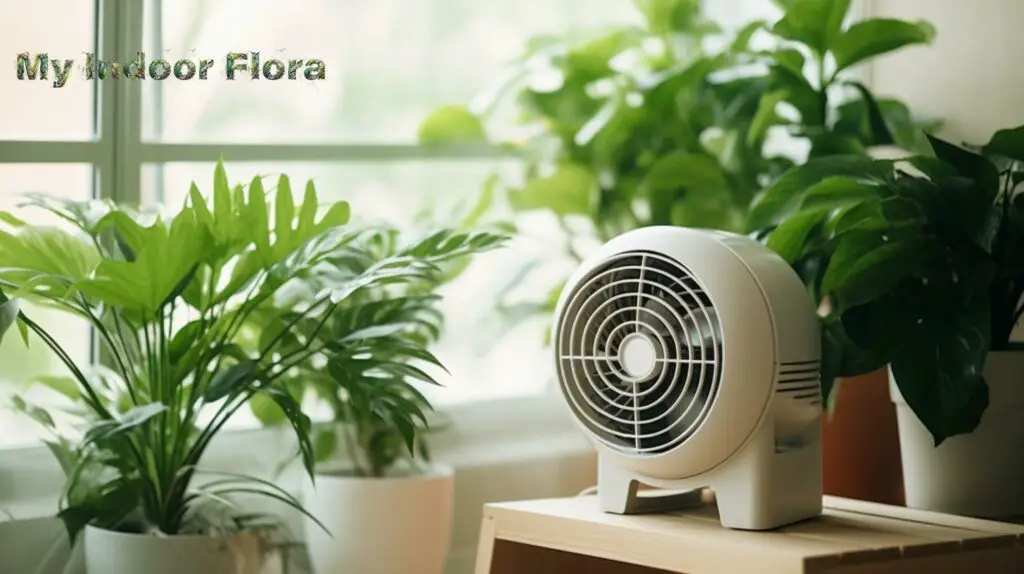
3. Monitoring Your Houseplants in Their Microclimate
Once you’ve established the microclimate, it’s essential to monitor your plants and their environment regularly. Regular checks can help you spot any issues early and make necessary adjustments to the microclimate.
For accurate monitoring, invest in tools such as a light meter, thermometer, and hygrometer. These will provide precise measurements of light, temperature, and humidity, respectively.
Signs that your plants may not be thriving in their microclimate include yellowing leaves, slow growth, and a lack of flowers or fruit. If you notice any of these signs, it might be time to reassess and adjust your microclimate.
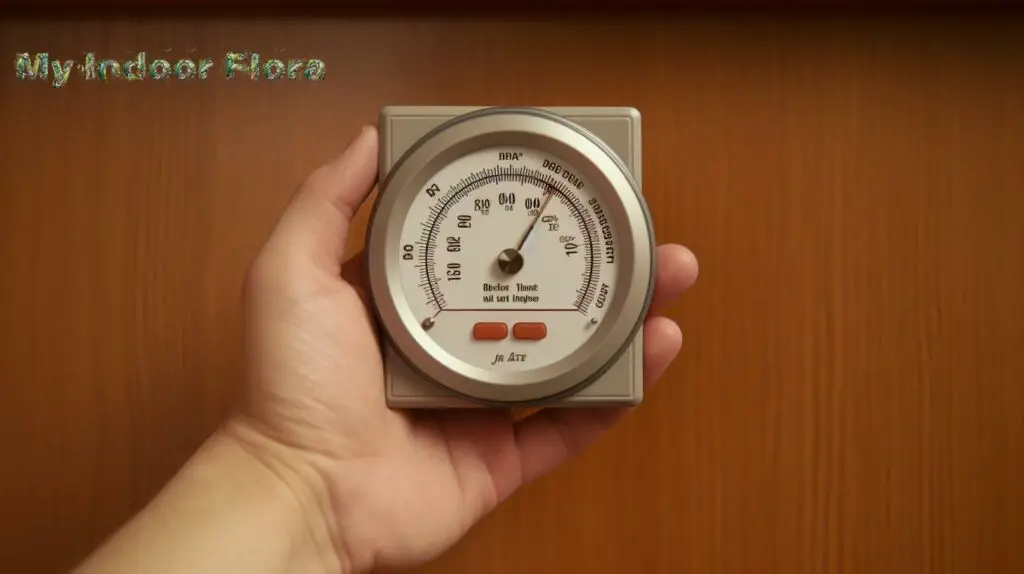
4. Adapting Your Microclimate for Different Seasons and Plant Life Stages
Just as outdoor climates change with the seasons, so too should your indoor microclimate.
In winter, when light levels are lower, you may need to supplement with grow lights. During the hot summer months, you may need to increase air circulation or move plants away from windows to avoid overheating.
Plants also have different needs at different stages of their life. For instance, seedlings might require more humidity and light than mature plants. On the other hand, flowering plants might need less nitrogen and more phosphorus to support bloom development.
Understanding the changing needs of your plants and adapting the microclimate accordingly will help them thrive throughout their life cycle.
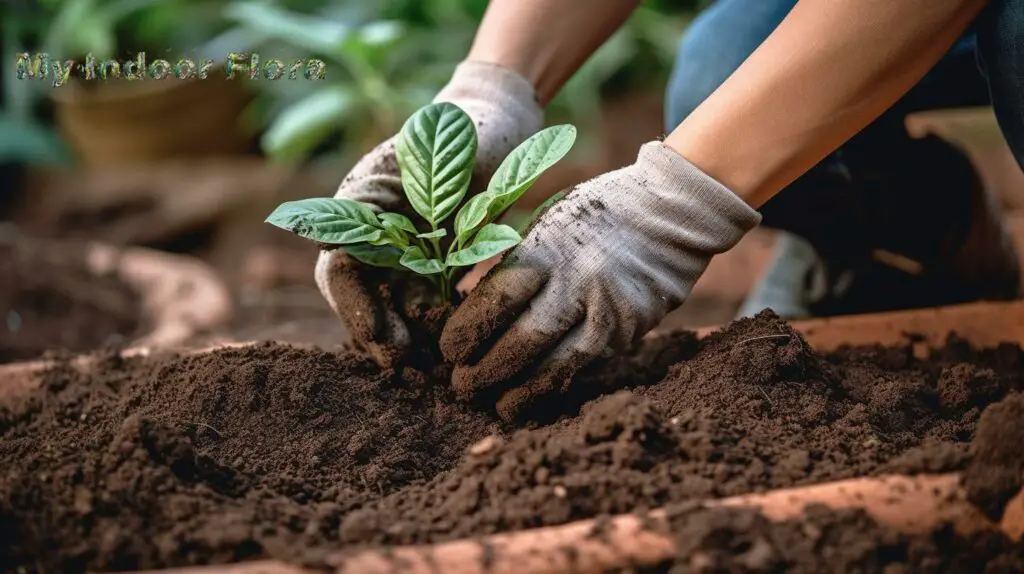
5. Additional Tips for Creating an Optimal Microclimate
Creating a perfect microclimate is a continuous process of observation, adjustment, and learning. Here are some additional tips to help you along the way:
- Use a terrarium or greenhouse: These enclosed structures can help maintain consistent humidity and temperature levels, making them ideal for creating stable microclimates.
- Mulch to retain moisture: A layer of organic mulch, like bark or moss, can help keep the soil moist and maintain stable soil temperatures.
- Water regularly, but avoid overwatering: Overwatering is a common cause of houseplant death. Most houseplants prefer their soil to dry out slightly between waterings.
- Fertilize regularly: Plants need a variety of nutrients to grow. A balanced houseplant fertilizer can help provide these nutrients.
- Inspect regularly for pests and diseases: Catching these early can prevent more significant problems down the line. If you notice any signs of pests or disease, take action immediately.
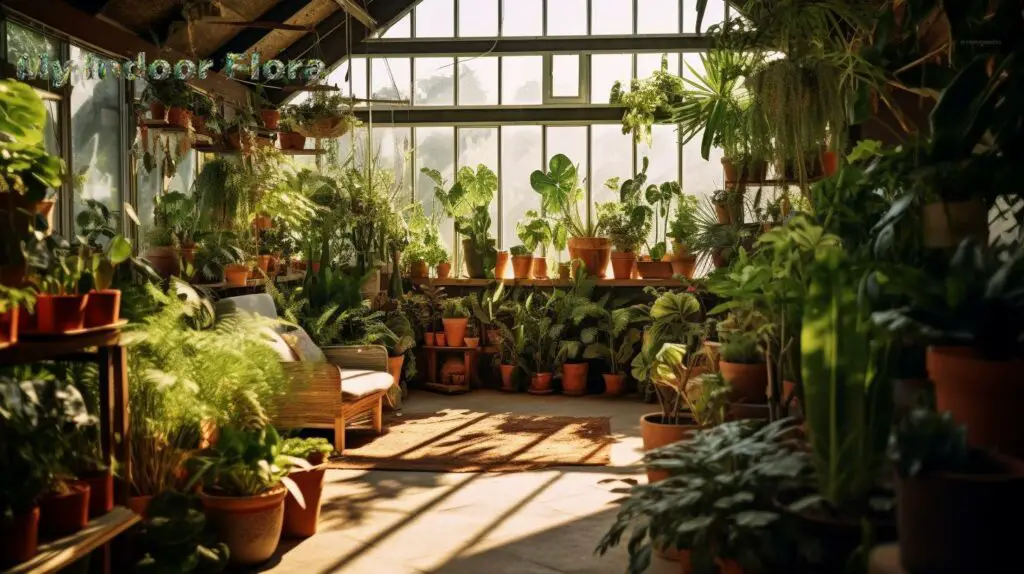
6. Tools and Resources for Creating and Managing Microclimates for Houseplants
- Thermometers: A digital indoor thermometer can help you monitor temperature accurately.
- Hygrometers: This tool measures humidity levels in the air.
- Light Meters: Use this to determine how much light your plants are getting.
- Humidifiers and Dehumidifiers: These can help control humidity levels.
- Heaters and Air Conditioners: These can help regulate temperature.
- Fans: Use these to improve air circulation.
Conclusion
Creating a microclimate for your houseplants can seem like a daunting task, but with patience and attention, you can create the perfect environment for your indoor garden to thrive. It’s a process of continual learning and adjustment, and the reward is the satisfaction of seeing your plants flourish.
